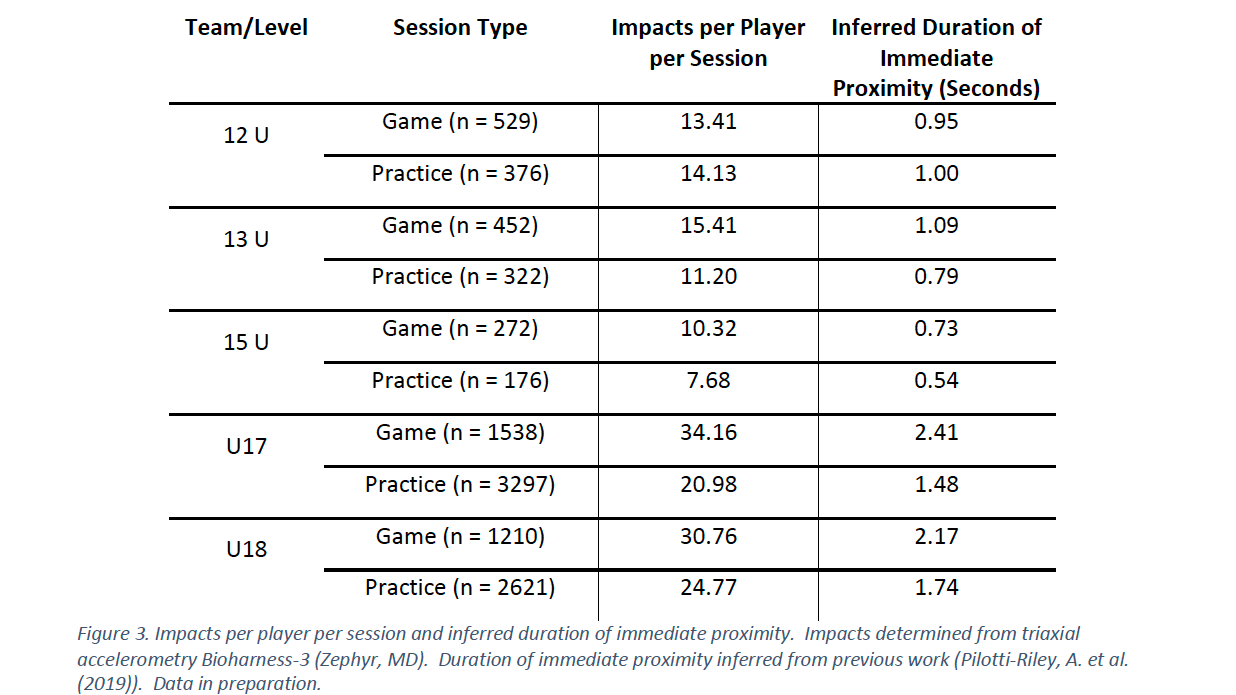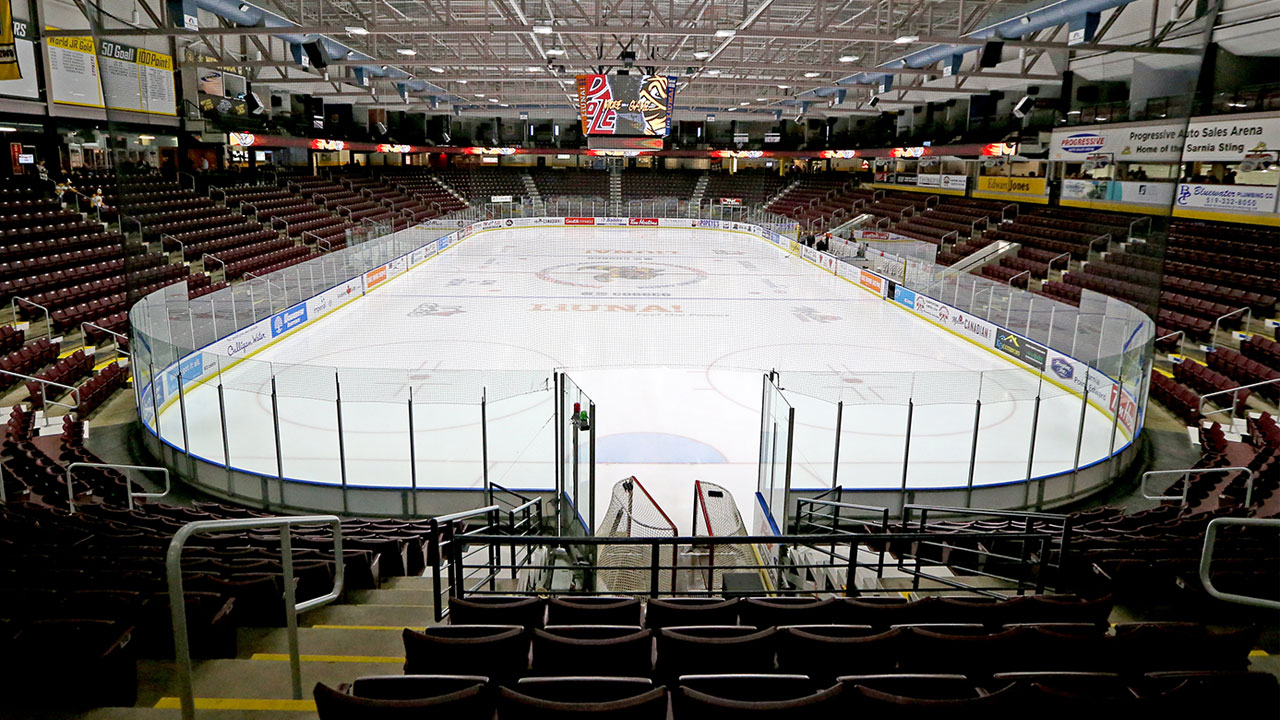Bodychecking in hockey has long been at the centre of safety-related debates, and the topic is once again in the news — this time, for an entirely different reason.
Last month, Ontario Heritage, Sport, Tourism and Culture Minister Lisa MacLeod said a return to play for the Ontario Hockey League would mean a return without bodychecking — a stance that extends not just to hockey, but to all sports with body contact.
There’s no doubt that contact sports are in a difficult position, especially as health officials continue to advocate physical distancing as the most effective weapon against COVID-19. But from a scientific perspective, the move to eliminate bodychecking begs the question: Does it actually increase a player’s likelihood of contracting the virus?
According to one expert, bodychecking may be less of a risk factor in this regard than some would assume.
“We can debate about the risks of bodychecking and body contact for other things, but if we’re talking about COVID risk? I think checking is pretty low on the level of things that are going to put players at risk,” Dr. Stephen McGregor, an exercise physiologist and professor at Eastern Michigan University, told Sportsnet.
McGregor has spent the last several years measuring and quantifying impacts players experience at various levels of hockey as part of a study conducted in partnership with USA Hockey and funded by the USA Hockey Foundation. This past spring, as the world came to a screeching halt due to the COVID-19 pandemic, he found himself with three years’ worth of impact data to examine in a different light.
“If two players impact each other on the ice, they are by virtue kind of the definition of in close proximity — they’re in ‘immediate proximity,’ as we put it in the report,” McGregor said of his findings, prepared for USA Hockey and published in May under the title, Report Regarding Immediate Proximity Associated with Body Contact in Ice Hockey. “The terminology, we wanted to try and make it clear that we were talking about people being very close to each other as being defined by the impacts that we’re measuring.”
According to McGregor’s report, a U18 hockey player experiences, on average, 17.5 impacts per game, with 72 per cent of those impacts involving direct contact with another player (either a teammate or an opponent). The average duration of those impacts clocks in at just 0.098 seconds.
“If you think about what happens in a check,” explained McGregor, “they’re only in that immediate proximity for an exceedingly short amount of time, and if you take those number of impacts and add the amount of time they’re in that proximity, it doesn’t amount to very much time at all.”
It amounts to an average of just 1.23 seconds per player per game, to be exact — a number so low, even McGregor himself found it hard to believe at first.
“When we prepared the report, I thought, ‘Well, that seems really unbelievably short — almost unrealistic,’” he said. “People say all the time, as a scientist you’re always questioning your own results…. You always try to cover all your bases and make sure that you’ve double-checked and triple-checked beforehand.”

McGregor’s data was collected using accelerometers — wearable sensors that are “much more sensitive than any camera could ever be,” he says. Those sensors were worn by players age 12 through 18 from tier-two pre-checking and post-checking ages all the way up to the National Team Development Program’s U18s, during practices and games over the course of about three years, for purposes of educating decisions around body contact in the game. All high-impact events, as McGregor referred to them, were cross-referenced with video of every recorded session to determine and confirm the cause — “Was it actually a board contact? Was it a player open-ice hit? Was it a player just falling on the ice because he fell down?” — as well as the duration of impacts.
“Based on this data that we have and the other proximity data from some of the other tracking organizations or groups, checking is not really a concern with regards to COVID risk. That’s what it comes down to, in my opinion,” said McGregor.
Hockey’s classification as a contact sport, while accurate, may not necessarily tell the full story with respect to bodychecking being singled out as a COVID-19 risk-factor.
“That’s the thing, is you’re never in close relationship to players — for any one player — for any length of time either because it’s so dynamic and so fast,” said McGregor.
While his numbers paint a clear picture as far as proximity during bodychecking is concerned, that’s just one of many complex questions being asked in efforts to mitigate risk in hockey’s attempts to return during the COVID-19 era. Even though bodychecking, per McGregor’s findings, can be ruled low-risk in terms of spread, other parts of the game — crowded benches and busy locker rooms, for example — have been among issues of much contemplation across all indoor sports, and will likely continue to be.
As far as the OHL is concerned, it feels likely that this debate has not seen its conclusion just yet. Shortly after MacLeod’s public comments, Ontario premier Doug Ford tweeted out his desire for the OHL to return with full contact, while the league’s commissioner, David Branch, said during a radio appearance on Sportsnet 590 The Fan that the league will follow related studies, but did not explicitly align his position with the province’s mandate.
This fall, we’ve seen other junior leagues return to varied success. The QMJHL, currently the only major junior league playing in Canada, started up on Oct. 1 with a revised three-division setup to reduce travel among teams across its four provinces. But a pair of outbreaks among Quebec-based teams has forced stoppages and schedule revisions, and will see the league take a bubble approach later this month for what they’re calling a “protected environment event” at the Videotron Centre in Quebec City for seven teams located in the province’s red zones.
The BCHL, of the Canadian Junior Hockey League, also returned around the same time with an extended pre-season but has also been forced to postpone and cancel games in response to outbreaks and public health guidelines. Neither league banned bodychecking. Like the OHL (which has circled Feb. 4 as its start date), the WHL has yet to start up again, announcing recently that it has set Jan. 8 as its season opener.
[relatedlinks]






COMMENTS
When submitting content, please abide by our submission guidelines, and avoid posting profanity, personal attacks or harassment. Should you violate our submissions guidelines, we reserve the right to remove your comments and block your account. Sportsnet reserves the right to close a story’s comment section at any time.